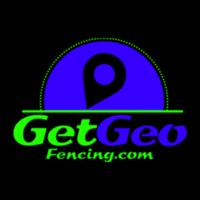Geofence Marketing for Tool Businesses
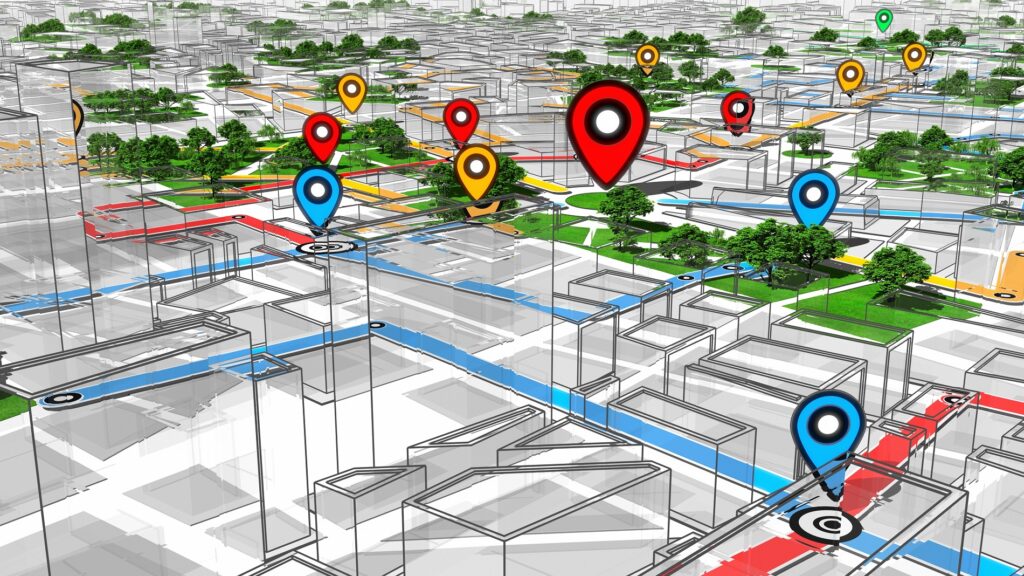
Geofence Marketing for Tools: A Comprehensive Guide
Introduction
In the rapidly developing world of digital marketing, businesses are constantly seeking innovative ways to reach their target audience. Among the various strategies that have emerged, Geofence Marketing for Tools has gained significant attention due to its ability to deliver targeted, location-based advertising. This article delves into the core principles of geofence marketing, its application in the tools industry, and the benefits it offers to businesses.
Understanding Geofence Marketing
Geofence marketing is a location-based marketing strategy that targets potential customers within a specific geographic area. It leverages technology such as GPS and radio frequency identifiers to create virtual boundaries around a business location. Once these boundaries are established, businesses can send targeted ads or notifications to mobile devices within that boundary. This unique approach allows businesses to reach customers in a personalized and contextually relevant manner, enhancing the effectiveness of their marketing efforts.
How Geofence Marketing Works for Tools
In the context of the tools industry, geofence marketing offers a unique opportunity to connect with customers who may be in need of specific tools or services. For instance, a hardware store could set up a geofence around its location, then send targeted ads or notifications to mobile users nearby. This could be particularly effective if the notification offers a timely discount on tools or services.
The effectiveness of geofence marketing relies heavily on the targeting techniques employed. These may include context targeting (based on the user’s specific situation), content targeting (based on the user’s apparent interests), retargeting (re-engaging users who have shown prior interest), and dayparting (delivering ads at specific times of day).
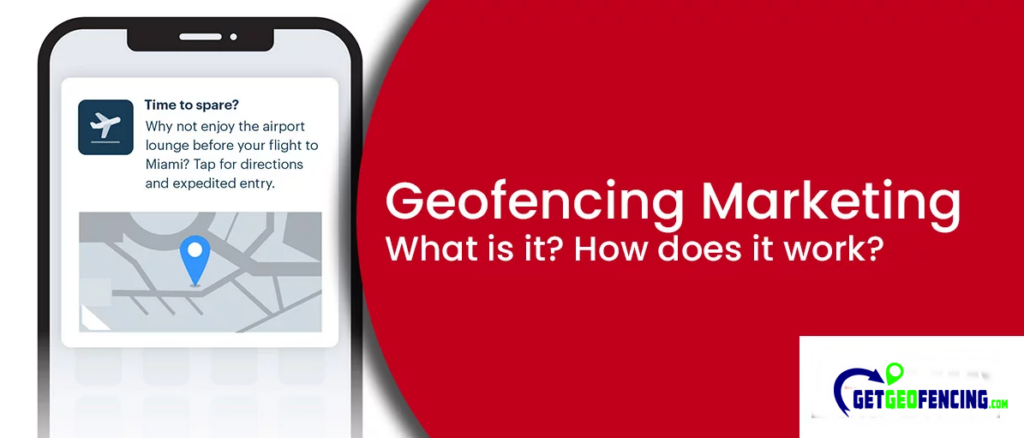
Benefits of Geofence Marketing for Tool Businesses
Geofence marketing offers several substantial benefits for businesses in the tools sector. Firstly, it can boost local foot traffic and sales through targeted advertising campaigns. This is achieved by delivering personalized ads to potential customers who are nearby, increasing the likelihood of them visiting the store.
Secondly, geofence marketing allows businesses to drive better marketing results through data-driven strategies. By analyzing the data gathered from geofence marketing campaigns, businesses can gain invaluable insights into their customers’ behavior and preferences, enabling them to optimize their marketing efforts accordingly.
Lastly, geofence marketing improves the audience experience by delivering relevant and timely offers based on location. This level of personalization can significantly enhance customer satisfaction, leading to increased loyalty and repeat business.
Successful Geofence Marketing Campaign Examples for Tools
While geofence marketing is applicable to a wide range of industries, some notable examples stand out in demonstrating its effectiveness. For instance, Taco Bell utilized geofence marketing to target potential customers nearby, resulting in a significant increase in annual sales. Similarly, the History Channel launched a geofence marketing campaign that successfully raised brand awareness among its target audience.
In another example, Burger King employed a technique known as geoconquesting, using geofence marketing to attract customers from competitor locations. BMW has also leveraged geofencing as a service, delivering personalized experiences and services based on location. Lastly, American Eagle’s geofence marketing campaign led to an increase in in-store purchases, demonstrating the effectiveness of this strategy.
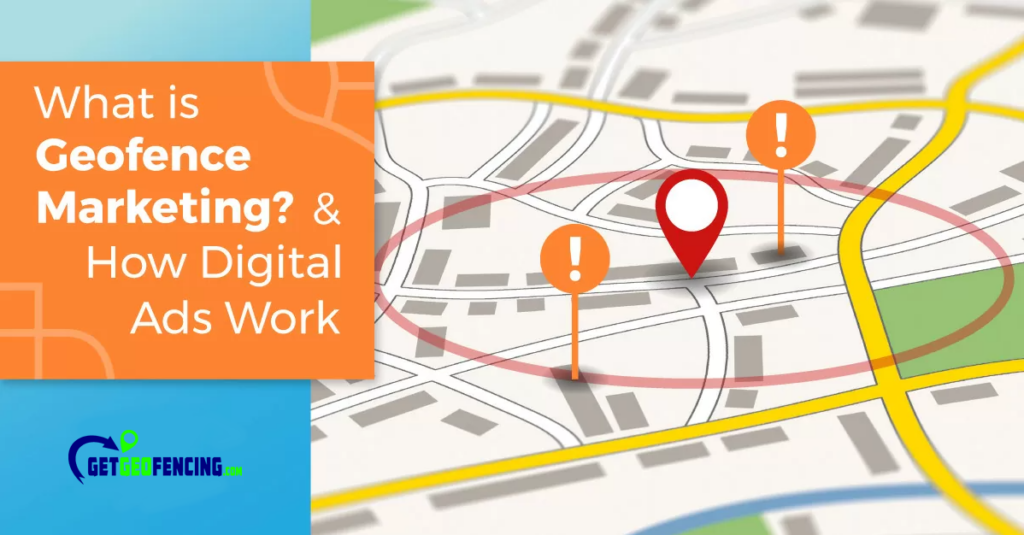
Implementing Geofence Marketing for Tools
Implementing geofence marketing for tools involves several key steps. Firstly, it is important to research the target audience to understand their preferences and behaviors in relation to tools and related products. This information can guide the design of the geofence and the content of the ads or notifications.
The geofencing boundary should be kept small and tightly focused to ensure precision in targeting potential customers. The call-to-action messages should be clear and actionable to prompt immediate engagement and conversions. To optimize campaign effectiveness, businesses can utilize various targeting techniques such as context targeting, content targeting, retargeting, and dayparting.
For businesses new to geofence marketing, it may be beneficial to seek professional assistance from a digital marketing agency or subscribe to newsletters to gain insights and expert advice on implementing geofence marketing
strategies.
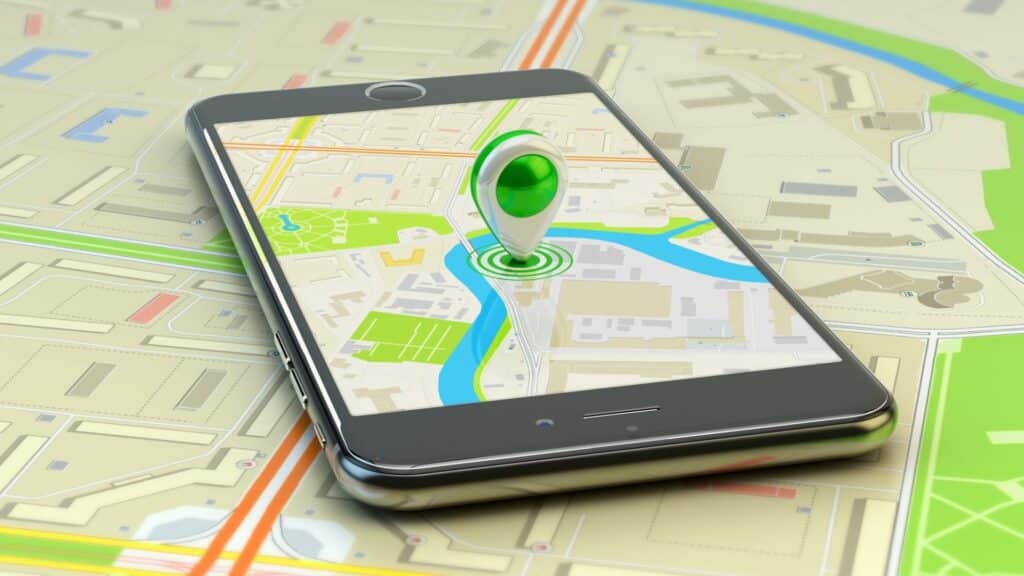
Conclusion
Geofence marketing offers a powerful strategy for businesses in the tools industry to reach and engage their target audience effectively. By leveraging location-based technology, businesses can deliver personalized and contextually relevant ads, thereby boosting foot traffic, sales, and customer satisfaction. As the world of digital marketing continues to evolve, businesses should seize the opportunities presented by geofence marketing and explore its potential benefits.

